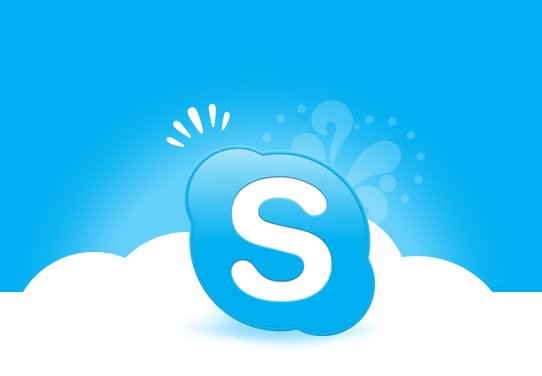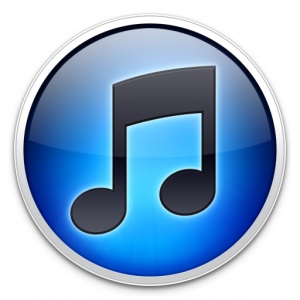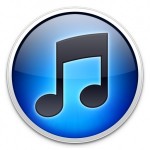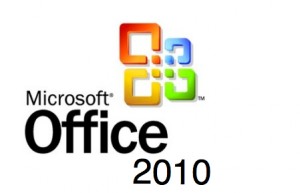If you go around saying things like “P2P” and “VoIP,” even your friends are apt to give you the eyebrow, but say “Skype,” and millions of users around the world get the message. Skype means free Skype-to Skype Internet phone calls, video chat and conferencing, IM, and Facebook integration. We tried the latest release of the free version of Skype, which not only lets you yak at other Skype users as long as you want for free but also enables free one-to-one video calls, Instant Messaging, and screen sharing.
A Pay As You Go option lets you call non-Skype numbers and pay by the minute, and frequent callers can opt for a Subscription service. Skype is also available in a premium package offering unlimited international calling and enhanced video chat and conferencing. To use Skype, you’ll need a microphone and Web cam as well as sound and video capability and a broadband Internet connection.
Skype is software that enables you to make free calls anywhere in the world. Skype uses P2P (peer-to-peer) technology to connect you with other users. It offers several features, including SkypeOut calling from Skype to regular and mobile phones worldwide, conference calling, and secure file transferring. You can also now share your screen with other users. Skype calls focus on video and audio quality, and secure the calls with end-to-end encryption.
- PROS:Free. Video calling for devices with front-facing cameras. Wi-Fi calls sound excellent. Well-designed interface.
- CONS:Video calls can take a while to connect. Picture quality and frame rate on video calls leaves much to be desired. Chat can be slow.
- BOTTOM LINE:Skype’s iPhone app lets you call other Skype users, regardless of what device they’re on, for free. Video calls work best with a strong Internet connection, and degrade quickly with weaker signals. The clincher is that many people use it, so your friends and family members may already have accounts.
Skype is definitely one of the better entry-level, low-cost competitors in our VoIP services lineup. The VoIP provider offers well-rounded service plans, and it is easy to install, even for less tech-savvy individuals. While its feature set is limited, Skype is an excellent alternative if your VoIP needs are minimal.




